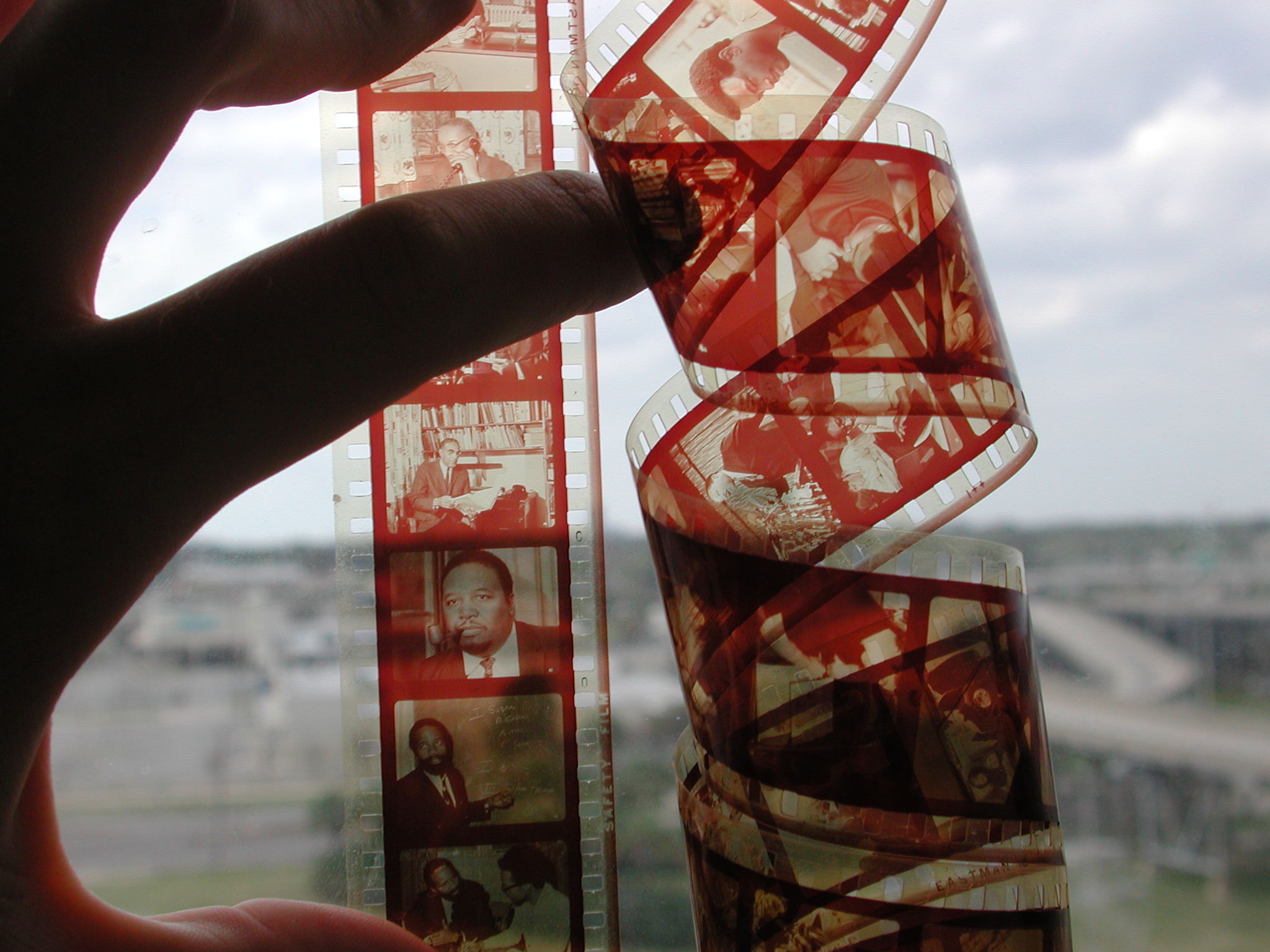Verified Pixel: making image verification as easy as not verifying

Eyewitness reports have become a regular source of information for the world’s media, one of the things we have observed in our work in this space is that not enough organisations are actively involved in verifying the reports they receive.
There are a number of useful resources and tools for journalists out there, including the excellent work of the First Draft coalition, but we’ve noted a number of high-profile cases where false reports have been passed off as true.
One example earlier this year was when the Times of London ran a photo of two children supposedly watching the solar eclipse this year in Wales. The trouble is that the photo wasn’t from Wales (it was from Thailand) and wasn't even from 2015. And this process becomes even more crucial in crisis situations, such as the false reports and blatant Photoshops being spread during the Paris terrorist attacks.
For this reason, we have set out as our goal to create tools that make it as easy to verify as not to verify - we’re not there yet, but have made considerable progress toward this goal.
Earlier this year Sourcefabric's Innovations team had the privilege of working with two experts on the topic of verification and image forensics - Sam Dubberley, a co-founder of the Eyewitness Media Hub and Samaruddin Stewart, a former JSK Fellow at Stanford University. Together, with funding from the Knight Foundation's Prototype Fund, we produced Verified Pixel, a tool that automates the steps of submitting reports to a number of various services, and then presents the results for verifiers in a way that is both easy to understand and detailed enough to explore deeper.
How does Verified Pixel work?
Verified Pixel works along the same lines as when you order an airplane ticket from a service like Priceline or Kayak: incoming images are automatically sent to a series of services, each focusing on a different aspect of verification. In the initial prototype phase, we focused on three external services - the Izitru service for testing whether an image has been tampered with in programs like Photoshop, Google reverse image search (it’s the camera icon when you search for images), the TinEye reverse image search service, - and internal libraries for reading the metadata that is encoded by default in most smartphones, including the location where the image was taken.

Verified pixel supports newsrooms in image verification | Photo: Sourcefabric
The results are then presented to the verifier, and the results of the automated tests should be enough to help a verifier decide whether an image is 'camera-original,' meaning it has been sent directly from the device in question without any changes, and whether the image has appeared elsewhere on the net. In many cases the results are clear, but in cases where the results are inconclusive, our advice is always to try to contact the image's sender before making a decision to use the image.
One of the biggest areas of concentration for the prototype was also a fundamentally philosophical question: how much of the task of image verification can be entrusted to computers? After consulting with a number of experts in the field, and after considerable discussion on the team, we made the conscious effort to put human verifiers at the center of every decision; our automated tests are intended to take the verifier's 'cognitive load' off the more tedious aspects of image verification - uploading images to various servers, waiting for results, remembering what the different results mean.
Next steps
Now that Verified Pixel's prototype phase has been successfully completed and we have a working proof of concept, we are actively seeking to continue its development. There are a number of different functions we want to add to the service, as well as to create an easy-to-use online service for verifiers. If you'd like to work with us on this, we'd like to talk.
Sourcefabric co-founder and director of innovation Douglas Arellanes will present the Verified Pixel project on Tuesday, November 17, at Hacks/Hackers Berlin, as part of an evening examining trolls and journalism. For more info, visit Hacks/Hackers Berlin’s Meetup page.
